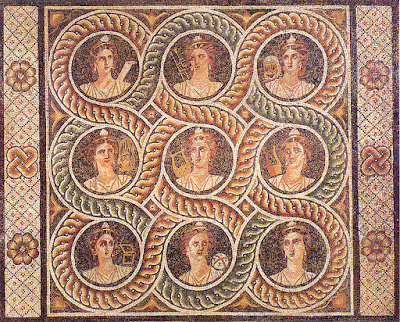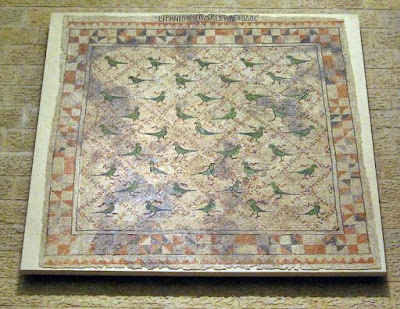Back from Europe, I am working on a number of exciting projects. One of them I like very much is my collection of Eyes of Yezidi refugees.
The Yezidi - sometimes Yazidi, or Ezidi, one of the oldest minority in Iraq, follow an ancient non-Abrahamic religion.
For this reason, Yezidi men, women and children are tortured, enslaved, raped and massacred by ISIS. Not only is this religious persecution, it also is a Genocide. But very few people are aware of it. In fact, until not so long ago, I had never heard of the Yezidi people.
Here are the 3 next portraits :
 |
| Yezidi 013 |
Yezidi 020 is a young girl. She could be anyone's daughter, nice, sister or cousin.
 |
| Yezidi 020 |
Yezidi 036 is a young woman who chose to fight the enemies of her people. She could be anyone daughter, sister or wife.
 |
| Yezidi 036 |
The Free Yezidi Foundation is an international ONG based in the Netherlands. They provide assistance to the refugees and victims of this genocide.
I
cannot go to Iraq or Syria help these pople. But I can
try to help with my Art. This is why I am creating this collection. Once
it is complete, I intend to auction the mosaics, and will donate 50 %
of the
profit to the Free Yezidi Foundation to help their work.
At
this time, I have no idea about the way this sale can be organized, it
would be good to use it to make people aware of what is really going on
there.
I created last week the models for these 3 pieces. I am using to build them a new technique I developed specifically for them.
I will post regular updates on these mosaics.
I am presently completing other pieces of this collection, and will publish pictures of the finished pieces as soon as possible. Because I have to do part of the finishing work outside, I have been delayed by the weather. I should be able to publish the first piece within 2 weeks.
I have no idea of the way to organize the sale or Auction, so if have any expertise in this area and would like to help or participate, please let me know at frederic.lecut@gmail.com, or call me at (334) 798 1639.
I
am a modern mosaic artist with a deep admiration for ancient Greek,
Roman and Byzantine Arts. You can see some of my own mosaics on my
site mosaicblues.
If you are interested by this project or by my work in general
or
if you would simply like to drop me a line, please
contact me by email at frederic.lecut@gmail.com
or by phone at (334) 798 1639.
You can also
to receive regular updates on this
Yezidi Eyes Mosaic Project,
and my other projects.



























